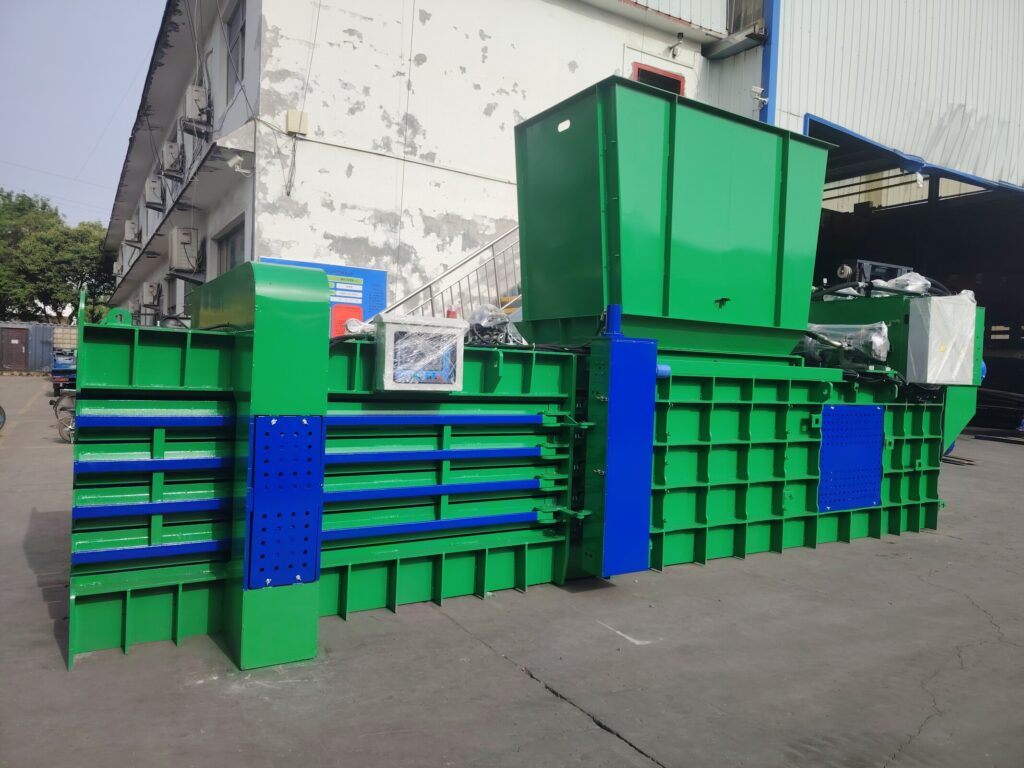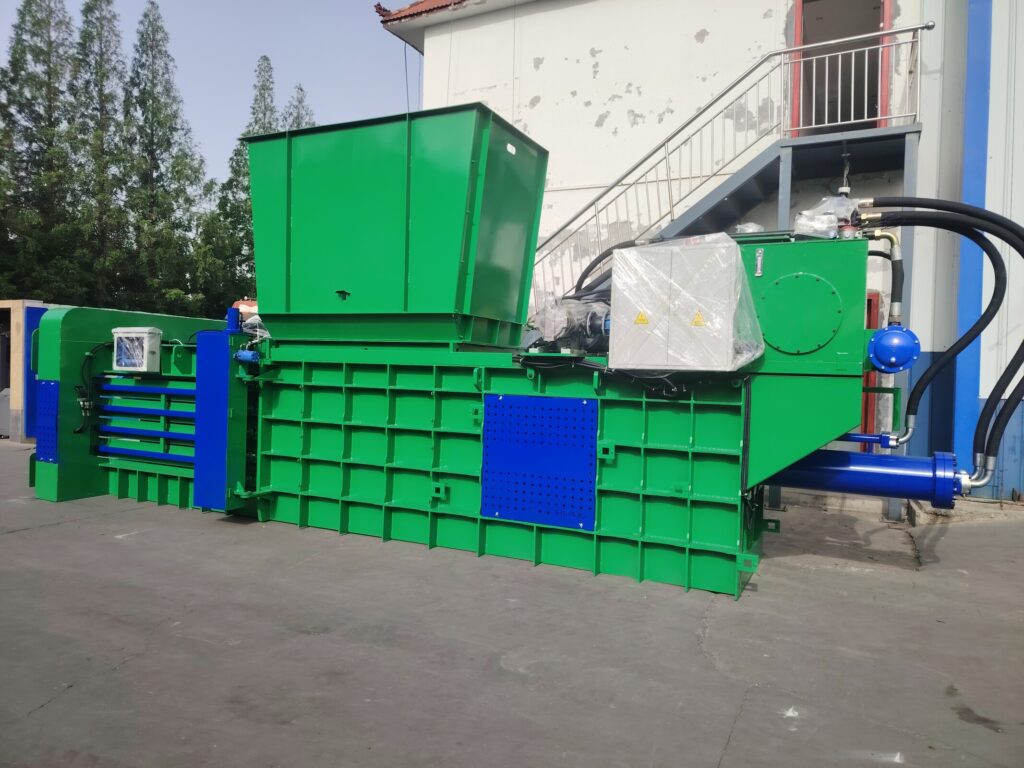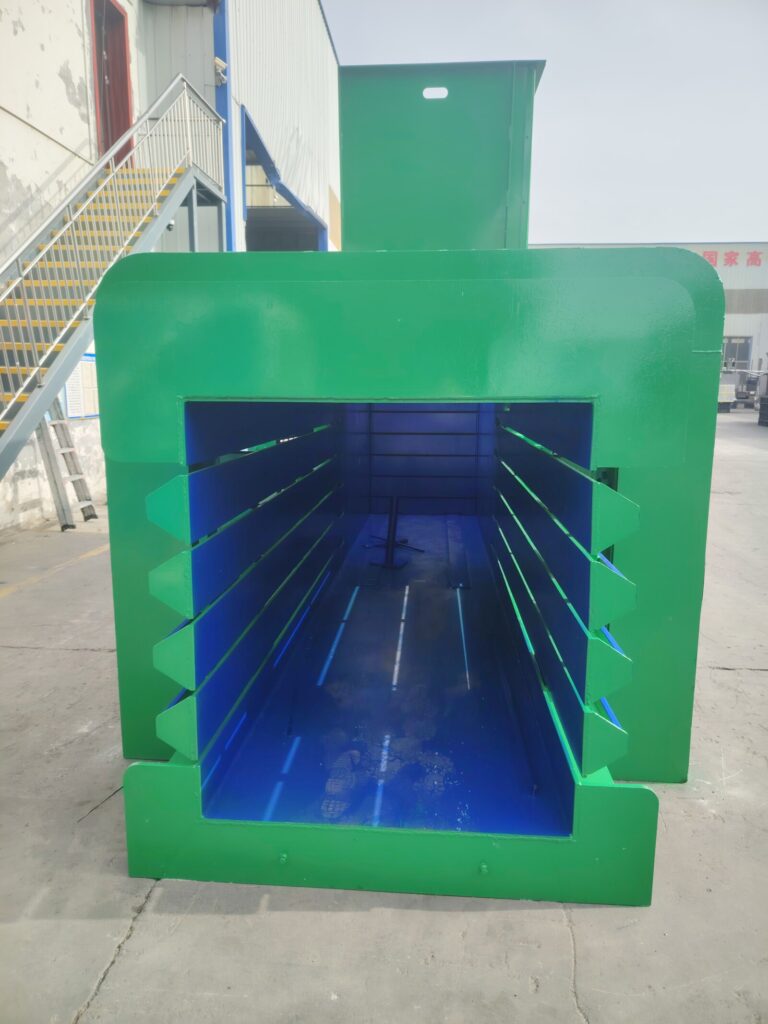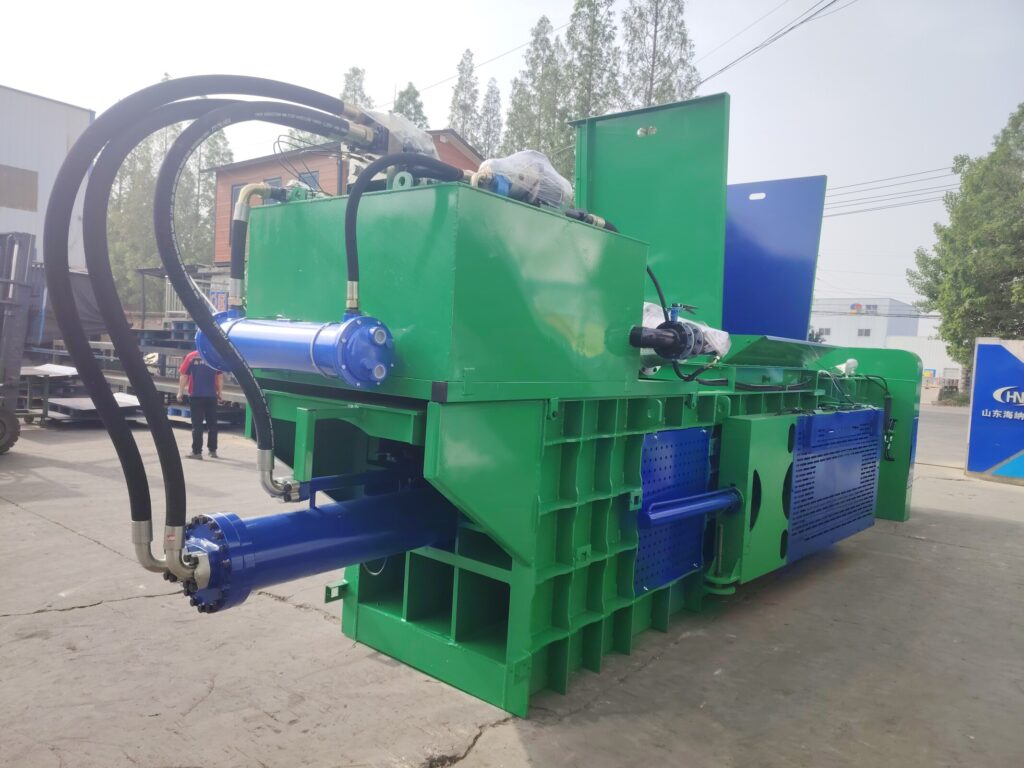Why Are More and More Companies Choosing Horizontal Balers?
In recent years, the demand for efficient and sustainable waste management solutions has been rapidly growing. Businesses across industries are under increasing pressure to handle large volumes of waste materials responsibly while maintaining cost efficiency and operational productivity. Among the many solutions available, the horizontal baler has become one of the most sought-after machines. But why are more and more companies choosing horizontal balers? In this article, we will explore the key reasons, benefits, and practical applications of horizontal balers that make them a preferred choice.
1. What Is a Horizontal Baler?

A horizontal baler is a powerful machine designed to compress recyclable materials—such as waste paper, cardboard, plastic, and textiles—into compact bales for easy storage, handling, and transport. Unlike vertical balers, which use a vertical compression chamber, horizontal balers apply pressure horizontally and are typically fed by conveyors, hoppers, or manual loading. This design allows them to handle larger volumes of waste continuously and efficiently.
2. Higher Efficiency and Productivity

One of the main reasons companies choose horizontal balers is their ability to process large amounts of waste quickly. For businesses such as recycling centers, manufacturing plants, and logistics hubs, handling waste efficiently is crucial. Horizontal balers can run automatically with conveyor feeding, which means workers spend less time manually loading waste and more time focusing on other tasks. This significantly increases overall productivity.
Moreover, horizontal balers are capable of producing larger and heavier bales compared to vertical balers. These dense bales take up less space, reduce the number of transports needed, and save on logistics costs.
3. Cost Savings in the Long Term

While the initial investment for a horizontal baler may be higher than that of a vertical baler, the long-term savings are substantial. By reducing the volume of waste, companies cut down on transportation and disposal costs. Compact bales also make it easier to sell recyclables to recycling companies, creating an additional revenue stream. For large-scale operations, these savings quickly outweigh the initial purchase cost.
Furthermore, automated feeding and baling reduce the need for manual labor, lowering labor costs and minimizing workplace risks associated with handling bulky waste materials.
4. Environmental Responsibility and Sustainability

Today, many companies are committed to sustainability goals and greener business practices. Horizontal balers help organizations achieve these objectives by enabling efficient recycling processes. Instead of sending bulky waste to landfills, businesses can compact and recycle materials such as paper, cardboard, PET bottles, and plastics.
This not only reduces landfill waste but also contributes to the circular economy by ensuring materials are reintroduced into the production cycle. Companies that implement horizontal balers can also strengthen their brand image as environmentally responsible, which is increasingly valued by customers and partners alike.
5. Versatility Across Industries
Horizontal balers are highly versatile and can be applied in a wide range of industries:
- Recycling Centers: For processing large volumes of cardboard, paper, and plastics.
- Manufacturing Plants: For handling packaging waste and production scrap.
- Retail Chains & Supermarkets: To deal with the constant flow of packaging waste.
- Logistics & Warehousing: To manage cardboard and plastic wrapping materials.
- Textile Industry: For baling used clothes, fabric, and textile scraps.
This versatility makes horizontal balers suitable for both small and large businesses looking for reliable waste handling solutions.
6. Improved Safety and Convenience
Modern horizontal balers are designed with advanced safety features, such as automatic shut-offs, emergency stops, and user-friendly control panels. Automated feeding and bale ejection systems minimize the need for direct human interaction with the compression chamber, reducing workplace injuries.
In addition, the horizontal design often allows for easier integration with conveyor belts and other waste-handling systems, making the process seamless and convenient.
7. Automation and Smart Technology
Another reason companies are increasingly adopting horizontal balers is the integration of automation and smart technology. Some models are equipped with programmable logic controllers (PLC), touch-screen panels, and remote monitoring systems. These features allow operators to monitor performance, detect potential issues early, and optimize operations. In industries where efficiency and uptime are critical, these smart features add tremendous value.
8. Scalability for Growing Businesses
For businesses planning future expansion, horizontal balers offer scalability. Companies can start with a semi-automatic horizontal baler and later upgrade to a fully automatic system as their waste volumes increase. This flexibility ensures that the machine continues to meet operational demands without requiring a complete overhaul of waste management infrastructure.
9. Enhancing Workplace Organization
By reducing bulky waste into compact bales, horizontal balers free up valuable space in warehouses, factories, and storage areas. Clean and organized workplaces not only improve efficiency but also create safer environments for employees. Companies often find that once they adopt a baler, their overall operations become smoother and more structured.
Conclusion
The growing popularity of horizontal balers among companies is no coincidence. Their ability to handle large volumes of waste efficiently, reduce costs, support sustainability goals, and improve workplace safety makes them an indispensable tool in modern waste management. As businesses continue to prioritize both efficiency and environmental responsibility, horizontal balers will play an increasingly important role in shaping the future of recycling and resource management.
Whether you run a recycling facility, a supermarket, a manufacturing plant, or a logistics warehouse, investing in a horizontal baler is not just about waste management—it is a step towards smarter, greener, and more cost-effective operations.
Looking Ahead: The Future of Horizontal Balers
As technology continues to advance, the role of horizontal balers will only expand. Future models are likely to incorporate artificial intelligence (AI) for real-time monitoring and predictive maintenance, reducing downtime and extending machine life. More eco-friendly designs, with lower energy consumption and higher output, will also emerge to meet stricter environmental standards. In addition, we can expect better connectivity features that allow machines to integrate seamlessly with digital waste management systems, giving companies full visibility over their recycling performance.
Ultimately, horizontal balers are not just machines for compressing waste—they are becoming central to modern sustainability strategies. Companies that embrace this technology today will be better positioned to adapt to future environmental regulations, rising waste volumes, and the increasing demand for eco-conscious business practices. For organizations aiming to combine cost efficiency, productivity, and environmental responsibility, the horizontal baler remains a wise and forward-thinking investment.
